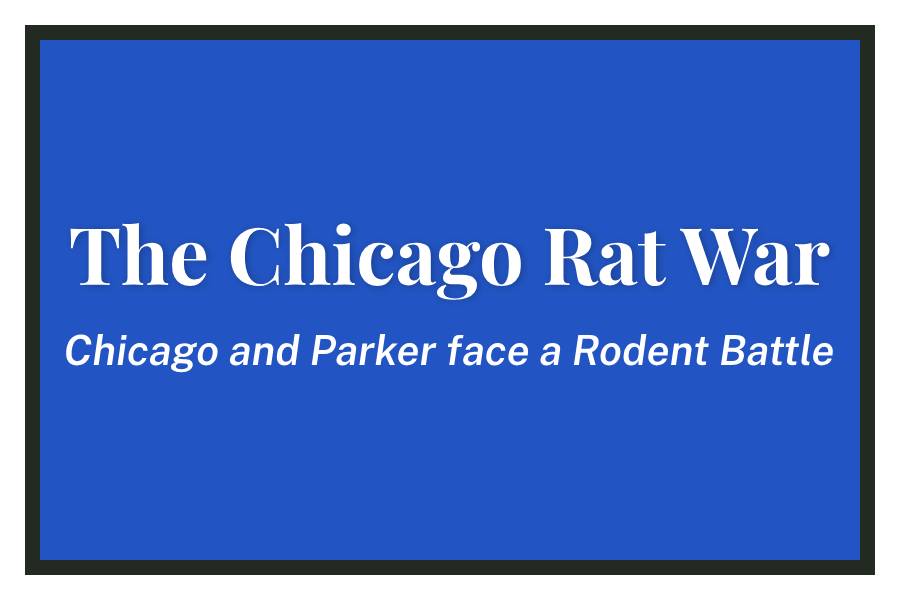The Norway Rat, originating in Asia centuries ago, found its way into the Americas aboard European transportation ships. It made its way throughout the continental US by using one extraordinary evolution based skill: rats reproduce quickly.
Norway Rats are only pregnant for about twenty days, and after giving birth, they can get re-impregnated within forty eight hours. On average, the species lives nine months which means in their life span, they can produce on average forty five pups. The female pups continue the process, and the population increases exponentially.
Despite how repulsive some find these creatures, rats impose much larger problems on humans than just grossing them out. Beyond chewing fabrics, wood, or electrical systems inside homes, rats can also infect humans with diseases. One could contract a disease or infection from a bite or scratch, or by coming in contact with the rodent’s droppings.
“The plague was spread by rats, but the bacteria (Yersinia pestis) was not carried directly by the rats, but by the fleas that were on the rats which would then infect people,” Co-Chair of Parker’s Board of Trustees and internal medicine specialist Isabel Polsky said. Polsky described just how easily disease can be spread by rats.
Aside from the risks rats pose to humans, they are also resilient when it comes to scarcity of food or difficult living conditions. Luckily for these commonly rabid creatures, Chicago has the perfect environment out of any city in the US for rats to thrive. According to WGN-9 News, “Chicago is rat capital of U.S. for the eighth year in a row.” We can’t escape them.
The title of the “rattiest city” was determined by counting every report of rat issues in a city over the course of one year. While this may not be the most accurate measurement, it does show which city’s population is affected by rats.
There are many possibilities as to why Chicago is the “rattiest city,” but the leading suspicion is that it is a heavily populated place with both buildings, parks, and lots of trash. Rats prefer silence to anything else. New York City is much louder than Chicago, which discourages rats from scurrying around the busy streets. Chicago is a quiet city considering its large population. This one characteristic of Chicago isn’t the only reason why rats are thriving in the Windy City.
Aside from temperature, city layout, or population density, Chicagoans play an important role in their furry friends’ presence. Dog feces are one of the main things rats are attracted to, and as is abundantly shown in our city, our fellow dog owners could find use in having more poop bags.
Rats aren’t only attracted to one thing, though. They may be even more attracted to trash than feces, especially trash cans because rats can burrow, populate, and grab a quick snack. In alleys, there are far too many bins full of garbage with open bags, and rats absolutely adore that.
Ninth grader Sadie Graines lives in a house and has had her own encounter with rats. “My mom was moving the outside furniture, and she saw something run out, and it was a rat,” she said. “We started freaking out. All of these rats were all over our yard. So my mom got my field hockey stick and started whacking and whacking and whacking the table. There were so many outside, and we had to pay someone to come that night, at that time to fix the rat problem.”
Many households are not aware that they have rat families living inside of their walls. Rats can easily live inside of spaces unnoticed. Parker has paid special attention to the possibility of a rodent infestation. Director of Facilities Joe Simonetti said, “Our extermination service created a barrier treatment around the exterior of the building that does a good job at prevention. We sometimes see evidence of burrows, and our landscaper has measures to stop that.”
Although Chicago is infested with rats, inside the walls of Francis W. Parker School, we have little to worry about.









